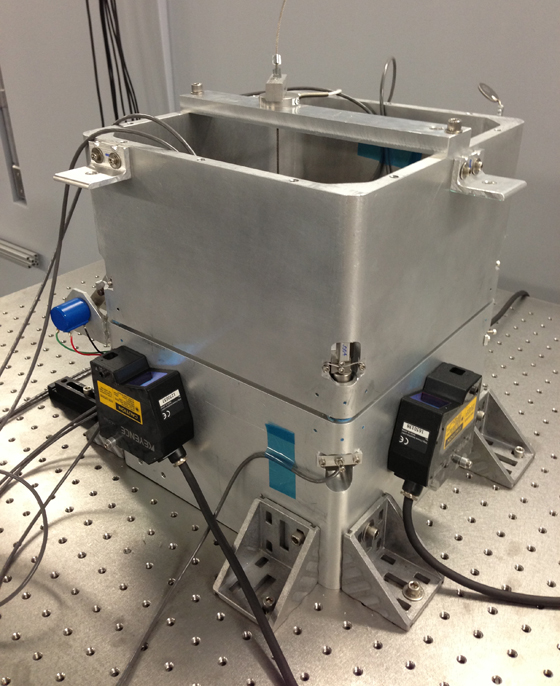Surface Water and Ocean Topography (SWOT) mission
Tech Infusion Snapshot:
Deployable Mast Design Chosen for SWOT Mission
– Philip Larkin, October 2013
![]()
In July 2013, an ESTO-funded space-deployable mast for radar antennas was selected as the baseline antenna mast design for the Surface Water and Ocean Topography (SWOT) mission.
NASA’s SWOT mission, scheduled to launch in 2020, will provide critical information about Earth’s oceans, ocean circulation, fresh water storage, and river discharge. The SWOT mission concept calls for a dual-antenna Ka-band radar interferometer instrument, known as KaRIn, that will map the height of water globally along two 50 km wide swaths. The KaRIn antennas, which will be separated by 10 meters on either side of the SWOT spacecraft, will need to be precisely deployable in order to meet demanding pointing requirements.
Greg Agnes of the Jet Propulsion Lab is wrapping up a two-year task under the ESTO Advanced Component Technologies program to design and prototype the lightweight, precision-deployable hinged masts for KaRIn. He has built and tested a full-scale hinge/latch mechanism. The complete, full-scale, deployable prototype mast will be ready to test in Fall 2013.
This animation illustrates the proposed space deployment for the SWOT mission concept. (Credit: JPL/Caltech)
Below: A metallic mockup of the 180-degree, mid-span hinge in the closed position. In this configuration, the mast sections would extend vertically from the top of the closed hinge and into the table. The sensors shown here on the exterior of the hinge were used to validate deployment repeatability. (Credit: G. Agnes, JPL/Caltech)

Below: Operation of the mid-boom,
180-degree hinge.
(Credit: G. Agnes, JPL/Caltech)
